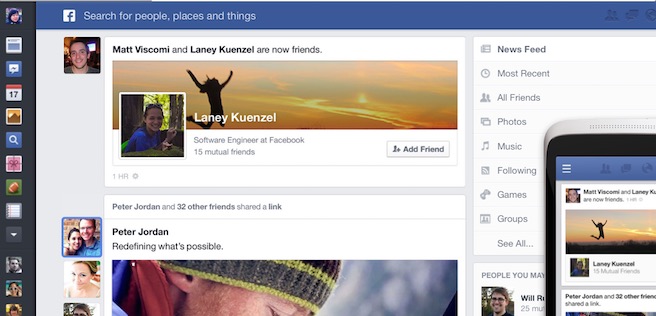Admit it, the first thing that you spend a lot of time on when opening your Facebook account is the news feed. Why not? It’s where most of the interesting stories are streaming in and you seem to get caught up in an infinite rush of information, unless you stop scrolling down.
It’s also the one area in which Facebook is investing much time and money to improve the way the News Feed engages users. Part of this investment is the constant tweaking of its design and enhancements to its algorithm, which dictates which information goes into your personal feed. After all, it’s where ads are being displayed to users, and the more engaging the feeds are, the better experience users will have with the News Feed that they eventually would keep returning to it the next time they sign in.
How does Facebook decide what to display in your News Feed?

The first factor that Facebook considers when laying out your news feed is your interaction with your friends, real-world or virtual only.
Second is the content that you would normally click, so if you are fond of clicking on links associated with a post from a friend, expect to constantly receive similar posts in the future.
Finally, Facebook takes into account your activity on a certain post, meaning you’ll see a persistent photo in your news feed if you’ve previously viewed that photo and its stats of likes and comments continue to increase.
Facebook ranks what comes into your news feed based also on relevance, though every post from friends you follow will show up randomly, then buried deep down the column once new posts come in. This algorithm has seen constant changes in the past up to present.
Previously, Facebook only considers the number of likes and comments a post gets, but later found that this is lacking in human interest. Then lately you have encountered a sort of questionnaire on Facebook that asked you what you’d like to see in your feed. That’s when the algorithm began to get rehashed again.
Facebook also has hired a group of contractors to participate in a sort of survey informing the Facebook team what kind of post they want to see in their news feed. Additionally, the social networking site recently began to hide posts that look to be a product of clickjacking, in which the number of likes are faked. Now you might be seeing a cleaner news feed.
But of course those spammy posts remain a headache to Facebook.
Disclosure: We might earn commission from qualifying purchases. The commission help keep the rest of my content free, so thank you!



